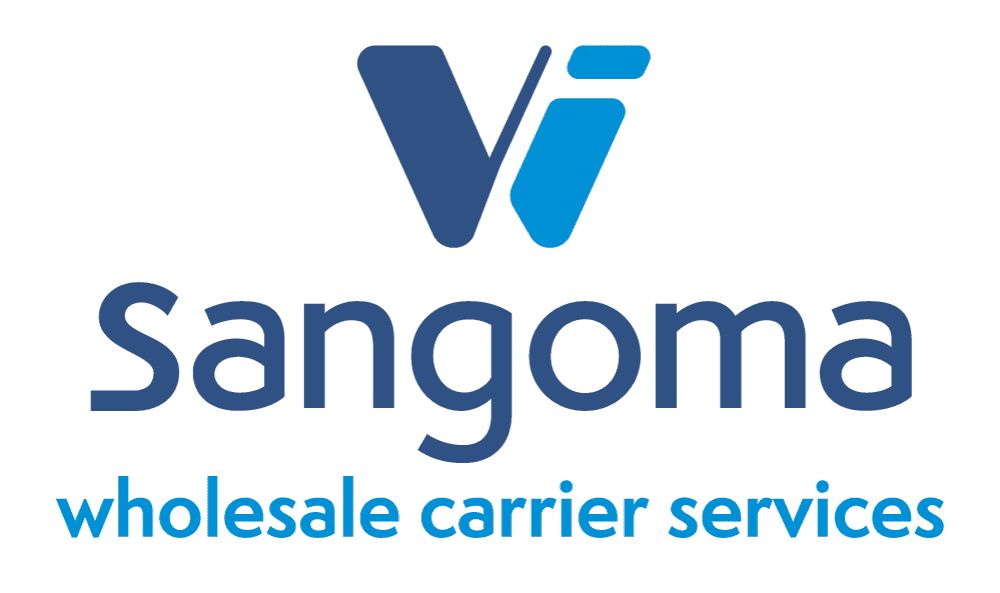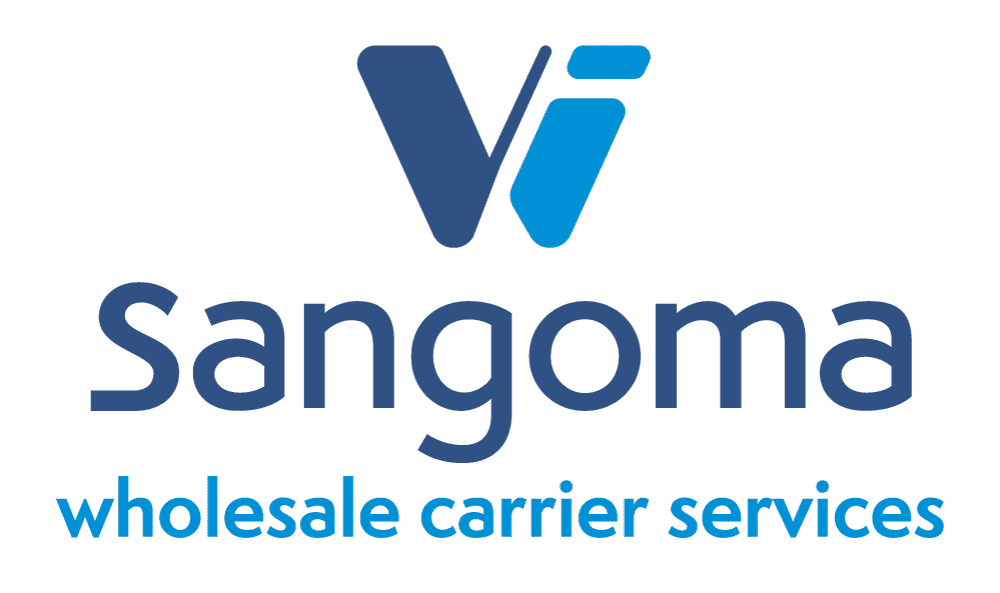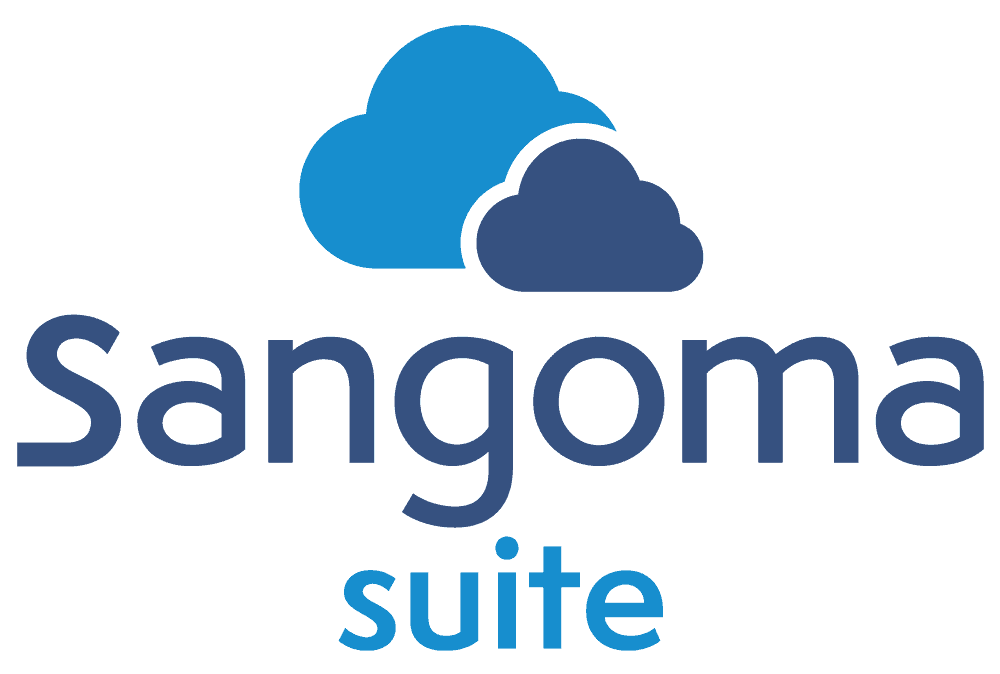Technology Reaching End of Life? Why You Should Care…
Ever heard of Moore’s Law? You probably have. Tech journalism rehashes the basic idea of Moore’s Law every time some big name chip manufacturer releases a new and impressive set of chips. The somewhat misleading name refers to the observation and prediction made by Gordon Moore, co-founder of Intel, that the number of transistors in an integrated circuit roughly doubles every couple of years. This “law” was pronounced in the 1960s and remained startlingly accurate until the 2010s. This exponential growth in chip performance and processing capability still ripples strongly throughout every industry, allowing for the rapid development and improvement of technology.
Oftentimes, the pace at which technology has grown and continues to grow leaves the casual bystander in awe, unable to follow every new development and not able to understand each new release’s importance. And before you know it, you start to hear that the technology, you’ve come to rely on and built whole business processes around (your business phone system, for example) has reached what the manufacturer calls “end of life.”
What does End of Life Mean?
End of Life (EOL) is the designation applied to platforms or products deemed by its manufacturer to have reached the end of its useful life. This typically occurs many years after production of hardware or development of software has ceased.
What that means for the owner or system administrator is that, for their phone system:
- No further development, updates, or improvements will be made to the particular product or product line the manufacturer is retiring.
- Technical support will typically be unavailable for that product after the expiration of existing support contracts.
- The manufacture of new spare or repair parts for that product or product line will be drastically slowed or ceased.
- No compatibility with new features will exist, and certain features or functionality may become limited or unavailable.
Why Should You Care?
Now, it would be easy to shrug your shoulders and assume there’s no harm in ignoring an EOL announcement on your system. Just thinking about updating or replacing your phone system sounds expensive, right?
While that doesn’t necessarily have to be the case, the truth is that there are many hidden and severe risks and expenses associated with trying to be willfully ignorant of an EOL system.
First and foremost is the obvious. If your system is EOL, warranties and support will end soon or already have ceased, with no options to renew or extend. This leaves those that rely on that system totally beholden to the hardiness of the technology. If a problem occurs, there’s no official means to receive help troubleshooting and getting the system running again. Every hour the system is down is another hour of lost opportunity and lost credibility.
Not to mention, more complicated phone systems can often rely on tech support to make changes to extensions and system settings. For those types of systems, EOL status could mean being essentially locked into whatever settings were in place before support expired.
The second reason you should care is less immediately apparent. Suppose your system is working fine for now and doesn’t rely on any services that the manufacturer may have ceased support for on your particular EOL model or system. It makes sense to try to squeeze as much life out of a phone system as you can, but eventually something is going to break. It’s at that point that many people realize they didn’t really save a lot of money by ignoring their EOL system. That’s because the longer a product or system is EOL, the more expensive even the smallest repair parts become. What was working fine one day, is costing hundreds or thousands of dollars the next, just to get back up and running. There’s nothing wrong with trying to get as much out of a system as you can, but always do so with caution and a solid plan for upgrading and replacing the EOL system.
Finally, you should care because there’s a reason your phone system is EOL, and it’s not just that your manufacturer is trying to force you to buy a new one that does the same thing. Sometimes a system is EOL because the manufacturer is simply repositioning themselves away from certain kinds of systems (like Toshiba ending their hosted and on-premise IP PBXs). But most often a certain product or system is EOL because major advances have been made and new functionality has necessitated better hardware or software. There’s no telling what new functionality or feature has been developed to keep your system secure and greatly improve the workflow of your business, maximizing the return on investing in a new system by increasing productivity. This is especially true if your EOL system did not possess or have access to Unified Communications (UC) functionality.
What You Can Do about your End of Life System
So you’ve got an EOL business phone system, and you’re wondering what’s the most responsible thing to do about it, eliminating the liability of an EOL system without making unnecessary purchases.
Well, it depends largely on your business’ situation and what type of EOL or soon-to-be EOL system you are currently using. Considerations such as what deployment type is currently installed and what budget, if any, exists for upgrades and replacements weigh heavy in deciding what you can do about your end of life system.
If your business is currently using a phone system hosted in the Cloud that is set to be discontinued, the good news is that transitioning to another hosted phone system can be a smooth, easy transition, with little or no upfront investment. If Cloud has been working for your business, there isn’t much reason to stop using a hosted service.
The situation is only slightly more complicated for those businesses operating end of life on-premise phone systems. For these systems, the fear isn’t usually phone service being discontinued as much as the system being unsupported by its manufacturer and becoming increasingly, exponentially more expensive to maintain and repair.
If your business is using an EOL or soon-to-be EOL on-premise phone system, you should take the steps now to replace the system, but you typically have some time to transition more gradually. Milk any warranties and maintenance contracts you may still have for all they are worth. You paid for them, after all. A reliable VoIP gateway and SIP trunking service will save you money on connectivity and allow you to get a little more mileage out of your EOL system while these warranties and contracts are still in effect.
Then, when any warranties and maintenance obligations from the manufacturer are due to expire, you have two options.
Many businesses who currently operate EOL on-premise systems will find switching to a hosted phone system favorable. It does not require a large upfront investment. The Cloud offers flexible, easily-variable service to accommodate every business, from startups to enterprises, and it takes the complexities out of linking multiple locations.
The needs and wishes of every business, however, do not always lend themselves to a hosted phone system. For medium-sized and larger businesses with stable needs that change at a slower pace, a new on-premise phone system provides reliable, supported service while allowing the business to fully control its network and maintenance. In addition, for organizations that have the budget for investing upfront, an on-premise system, whether deployed on a dedicated appliance or installed in a virtual environment, is more cost-effective over the life of the system than any other deployment type.
Whether it makes more sense for your business to transition to the Cloud or simply replace your end of life system with a new on-premise option, it’s important to start planning and shopping around now.
Solutions from Sangoma
With almost four decades of experience, Sangoma has helped countless businesses upgrade and replace their end of life hardware and phone systems. With a global community of satisfied customers and experienced integrators, Sangoma’s robust portfolio of products and services — built on open standards — is uniquely equipped to help modern businesses adopt future-proof, feature-rich business phone systems at a price point accessible to even the smallest businesses. There’s a reason Sangoma is widely considered the best value in Unified Communications (UC)!
Best of all, customers in the Sangoma family don’t have to deal with the headache of purchasing and installing different pieces of their communications infrastructure from different vendors. Sangoma offers complete solutions, giving customers piece of mind that every part of their business phone system was designed to work together. Our portfolio of product and service offerings includes gateways, cards, and IP phones, as well as full UC systems and Cloud services, such as faxing and SIP trunking.
Explore Switchvox, our premiere UC phone system available on-premise or hosted in the cloud. Or if you would like some personal guidance on the best options for your EOL system, contact one of our friendly solution specialists!
The post Technology Reaching End of Life? Why You Should Care… appeared first on Sangoma.





